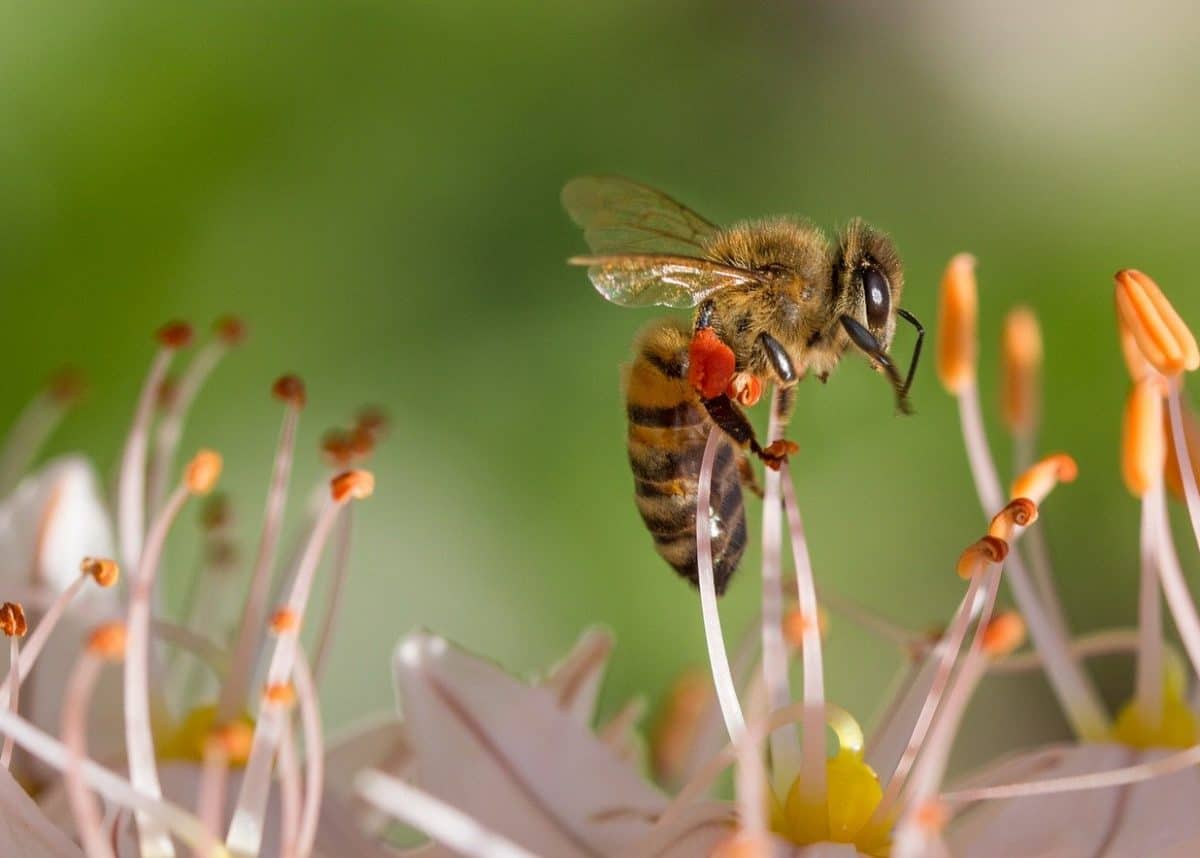Foreign visitors to Australia are often intrigued and alarmed in equal measure by the country’s reputation as a place where all manner of wild beasts are out to injure or kill you – from snakes to spiders, stingrays, jellyfish and perhaps even the odd feral camel with a bad attitude.
But the reality – sadly for the Crocodile Dundee types who view Oz as one big Outback adventure – is far more mundane.
Yes, we have the 11 most venomous snakes in the world, the deadliest spider on the planet and some of the most dangerous marine life. But a study by the Australian Institute of Health and Welfare has determined that they’re not much cause for alarm.
Be most wary of our wasps and bees
The critters that you really need to be wary of are wasps and bees. Their stings, say the experts, put Aussies in hospital at twice the rate of the other beasties.
This newly published research examined hospital records from 2017-2018 for reports of people being admitted to hospital – not merely treated in an emergency department – after contact with a venomous creature.
More than a third of the 3,520 people admitted to hospital for contact with a venomous animal or plant had been stung by a bee or a wasp. One in five were hospitalised for a spider bite, and just over 17% had been bitten by a snake. Almost 14% were bitten by an ant, tick or caterpillar, while 11% had been stung by a marine animal.
Although Australia has its share of poisonous plants, they are clearly not much of a problem. Only seven people sought hospital treatment following an encounter with a venomous plant during the entire year.
Fearsome hornets not a problem at all
Bee stings accounted for 927 hospital visits and wasp stings for 329. According to the researchers, one unlucky individual was actually stung by both on the same day. While hornets have a fearsome reputation, nobody was admitted to hospital with a sting.
Most of the more than 660 hospitalisations for spider bites were for the redback spider. The funnel web spider, the most deadly in the world, accounted for only 25 hospitalisations.
Prof James Harrison, co-author of the report, said that while people fear Australia’s snakes and spiders, bees were statistically far more dangerous.












